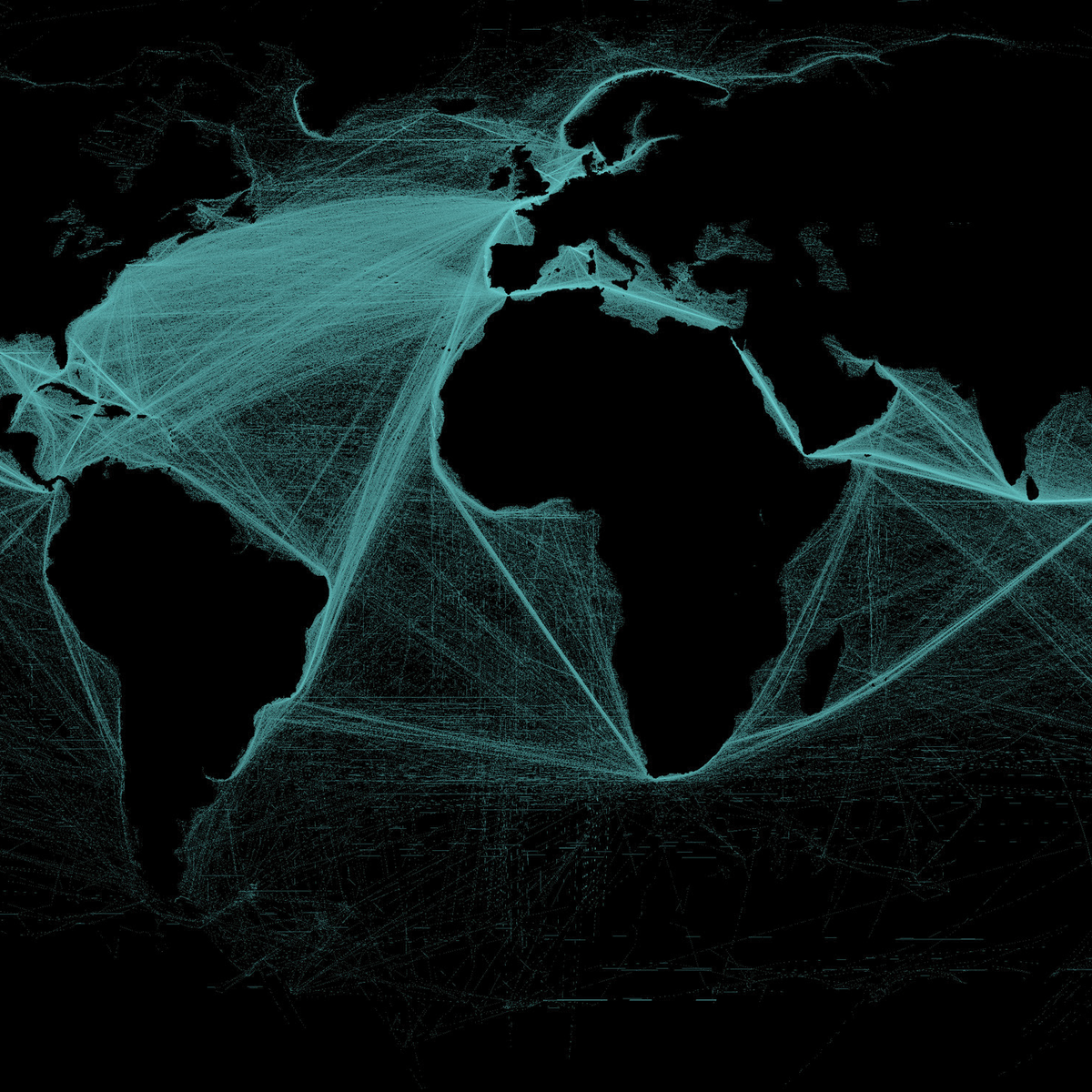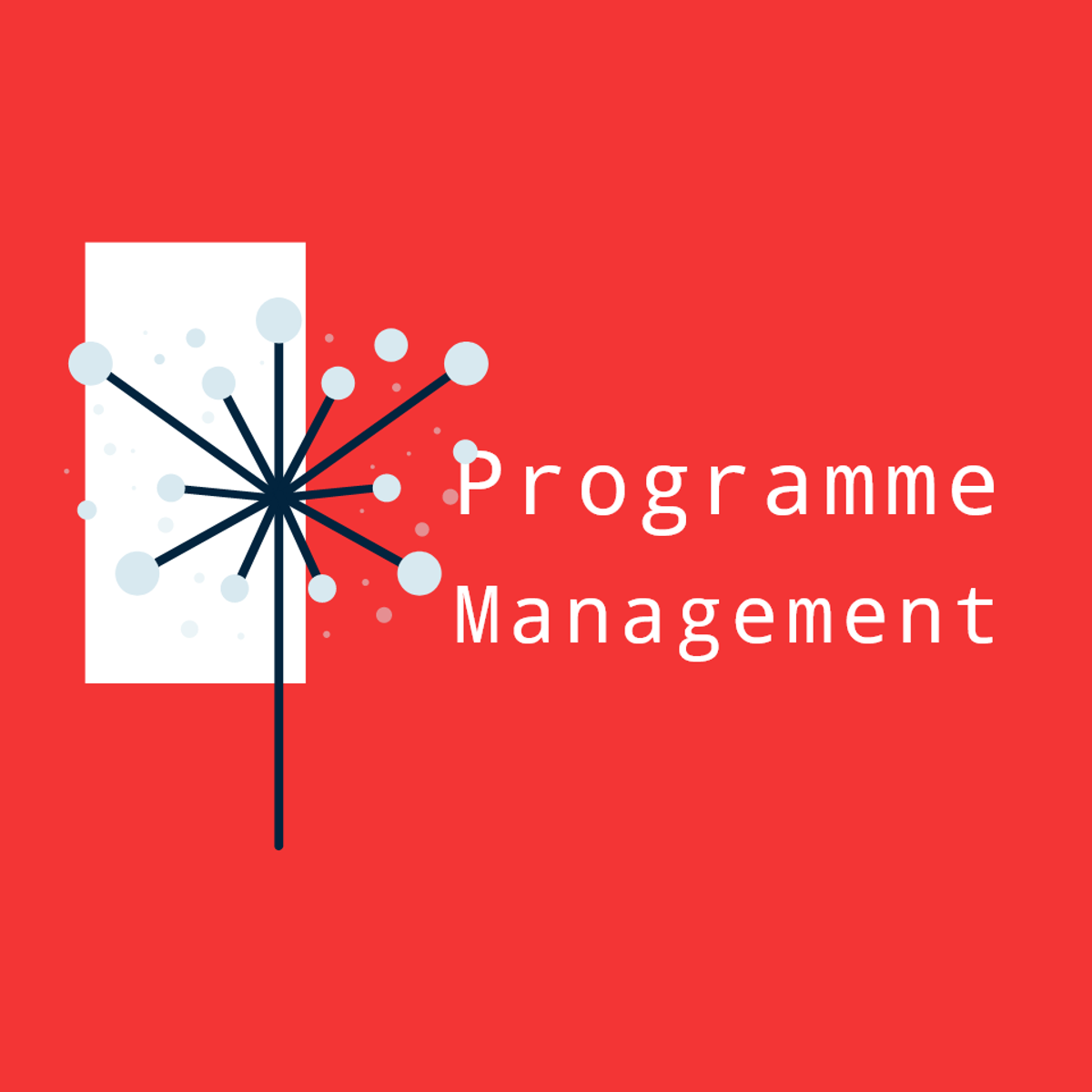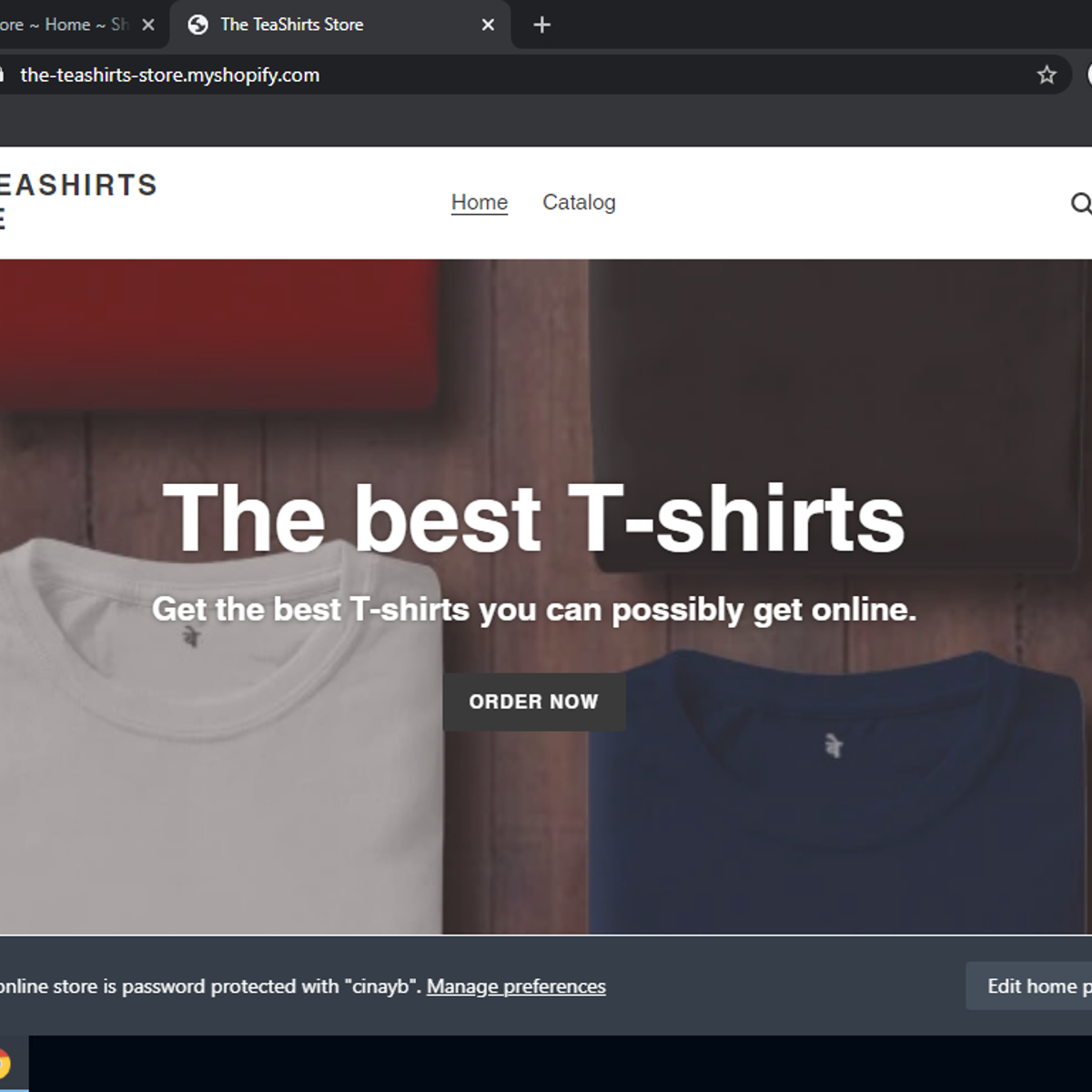Back to Courses









Business Strategy Courses - Page 31
Showing results 301-310 of 543

Deep Learning for Business
Your smartphone, smartwatch, and automobile (if it is a newer model) have AI (Artificial Intelligence) inside serving you every day. In the near future, more advanced “self-learning” capable DL (Deep Learning) and ML (Machine Learning) technology will be used in almost every aspect of your business and industry. So now is the right time to learn what DL and ML is and how to use it in advantage of your company. This course has three parts, where the first part focuses on DL and ML technology based future business strategy including details on new state-of-the-art products/services and open source DL software, which are the future enablers. The second part focuses on the core technologies of DL and ML systems, which include NN (Neural Network), CNN (Convolutional NN), and RNN (Recurrent NN) systems. The third part focuses on four TensorFlow Playground projects, where experience on designing DL NNs can be gained using an easy and fun yet very powerful application called the TensorFlow Playground. This course was designed to help you build business strategies and enable you to conduct technical planning on new DL and ML services and products.

Machine Learning Under the Hood: The Technical Tips, Tricks, and Pitfalls
Machine learning. Your team needs it, your boss demands it, and your career loves it. After all, LinkedIn places it as one of the top few "Skills Companies Need Most" and as the very top emerging job in the U.S.
If you want to participate in the deployment of machine learning (aka predictive analytics), you've got to learn how it works. Even if you work as a business leader rather than a hands-on practitioner – even if you won't crunch the numbers yourself – you need to grasp the underlying mechanics in order to help navigate the overall project. Whether you're an executive, decision maker, or operational manager overseeing how predictive models integrate to drive decisions, the more you know, the better.
And yet, looking under the hood will delight you. The science behind machine learning intrigues and surprises, and an intuitive understanding is not hard to come by. With its impact on the world growing so quickly, it's time to demystify the predictive power of data – and how to scientifically tap it.
This course will show you how machine learning works. It covers the foundational underpinnings, the way insights are gleaned from data, how we can trust these insights are reliable, and how well predictive models perform – which can be established with pretty straightforward arithmetic. These are things every business professional needs to know, in addition to the quants.
And this course continues beyond machine learning standards to also cover cutting-edge, advanced methods, as well as preparing you to circumvent prevalent pitfalls that seldom receive the attention they deserve. The course dives deeply into these topics, and yet remains accessible to non-technical learners and newcomers.
With this course, you'll learn what works and what doesn't – the good, the bad, and the fuzzy:
– How predictive modeling algorithms work, including decision trees, logistic regression, and neural networks
– Treacherous pitfalls such as overfitting, p-hacking, and presuming causation from correlations
– How to interpret a predictive model in detail and explain how it works
– Advanced methods such as ensembles and uplift modeling (aka persuasion modeling)
– How to pick a tool, selecting from the many machine learning software options
– How to evaluate a predictive model, reporting on its performance in business terms
– How to screen a predictive model for potential bias against protected classes – aka AI ethics
IN-DEPTH YET ACCESSIBLE. Brought to you by industry leader Eric Siegel – a winner of teaching awards when he was a professor at Columbia University – this curriculum stands out as one of the most thorough, engaging, and surprisingly accessible on the subject of machine learning.
NO HANDS-ON AND NO HEAVY MATH. Rather than a hands-on training, this course serves both business leaders and burgeoning data scientists alike with expansive coverage of the state-of-the-art techniques and the most pernicious pitfalls. There are no exercises involving coding or the use of machine learning software. However, for one of the assessments, you'll perform a hands-on exercise, creating a predictive model by hand in Excel or Google Sheets and visualizing how it improves before your eyes.
BUT TECHNICAL LEARNERS SHOULD TAKE ANOTHER LOOK. Before jumping straight into the hands-on, as quants are inclined to do, consider one thing: This curriculum provides complementary know-how that all great techies also need to master. It contextualizes the core technology with a strong conceptual framework and covers topics that are generally omitted from even the most technical of courses, including uplift modeling (aka persuasion modeling) and some particularly treacherous pitfalls.
VENDOR-NEUTRAL. This course includes illuminating software demos of machine learning in action using SAS products. However, the curriculum is vendor-neutral and universally-applicable. The contents and learning objectives apply, regardless of which machine learning software tools you end up choosing to work with.
PREREQUISITES. Before this course, learners should take the first two of this specialization's three courses, "The Power of Machine Learning" and "Launching Machine Learning."

Global Systemic Risk
What is globalization and how does it work? How can we understand the process as a whole? How are the parts of the world linked? What are the risks of living in a world where “no one is in charge”? This course introduces students to systems thinking, network theory, and risk analysis and uses these tools to better understand the process of globalization. Focusing on trade, finance, and epidemiology, it analyzes potential challenges to the current global order.
The course will be of interest to those studying global affairs, system dynamics, and world governance. It offers a set of heuristics that students can use to analyze contemporary global challenges. Linking the recording of Abbey Road to the COVID-19 pandemic provides new insights into the apparently chaotic world around us.
Complex systems form the backbone of our increasingly interconnected and interdependent society. What were once more localized economies, supply chains, and social-ecological systems are now rapidly globalizing, and interacting with one another across countless spatial and temporal scales as technologies expand at ever greater velocities. These tightly coupled systems deliver greater efficiency and prosperity, but at the cost of greater fragility and the threat of catastrophic failure. This “global systemic risk” has implications in all functional domains affecting our daily lives—from the global financial system to healthcare, to critical infrastructure networks.
Organized with 7-10 minute classes grouped together into longer modules, the course will have a linear “core” curriculum presented at the introductory level, with the potential for optional offshoots that give learners a more in-depth look into certain areas with more technical content.

Visualize Complex Projects with Flow Charts in Miro
By the end of this project, you will be able to simplify workflows and optimize business processes through the creation of flow charts.
To do this, you will gain hands-on experience mapping out roles and responsibilities within a flow chart in the Miro online visual collaboration platform for teamwork.
Note: This course works best for learners who are based in the North America region. We’re currently working on providing the same experience in other regions.

Industrial Internet of Things (IIoT)
In this course, learners will be introduced to the concept of the Industrial Internet of Things, or IIoT, learn how it is applied in manufacturing, and what businesses should consider as they decide to implement this technology. Considerations include information technology infrastructure, the business value of implementing IIoT, and what needs to happen across the organization to ensure successful implementation.
Learners will hear from industry experts as they share their perspectives on the opportunities and challenges of implementing IIoT, how IIoT is being implemented in their companies, and insights on the future of this technology within their industry and across manufacturing.
The content presented in this course draws on a number of real-life interviews and case studies, and was created through a partnership with Siemens.

Product Roadmap Recovery in Miro
By the end of this project, you will be able to create an analysis-driven product roadmap, test it for risk and return on investment, and identify areas for strategic improvements.
To do this, you will gain hands-on experience applying agile thinking to align business goals and team responsibilities within a product roadmap in the Miro online visual collaboration platform for teamwork.
Note: This course works best for learners who are based in the North America region. We’re currently working on providing the same experience in other regions.

Capstone: Create Value from Open Data
The Capstone project is an individual assignment.
Participants decide the theme they want to explore and define the issue they want to solve. Their “playing field” should provide data from various sectors (such as farming and nutrition, culture, economy and employment, Education & Research, International & Europe, Housing, Sustainable, Development & Energies, Health & Social, Society, Territories & Transport). Participants are encouraged to mix the different fields and leverage the existing information with other (properly sourced) open data sets.
Deliverable 1 is the preliminary preparation and problem qualification step. The objectives is to define the what, why & how. What issue do we want to solve? Why does it promise value for public authorities, companies, citizens? How do we want to explore the provided data?
For Deliverable 2, the participant needs to present the intermediary outputs and adjustments to the analysis framework. The objectives is to confirm the how and the relevancy of the first results.
Finally, with Deliverable 3, the participant needs to present the final outputs and the value case. The objective is to confirm the why. Why will it create value for public authorities, companies, and citizens.
Assessment and grading: the participants will present their results to their peers on a regular basis. An evaluation framework will be provided for the participants to assess the quality of each other’s deliverables.

Developing a Programme Management Blueprint with ClickUp
By the end of this guided project, you will be fluent in creating Programme Management blueprint for diverse projects and disciplines. You will utilise a logical diagramming plan in an agile environment to develop the solution. This will enable you to identify and classify the required phases for programmes and the functionality of domains involved in such complex process. Furthermore, it will help develop a structural model for learning about the field of Programme Management.
This is essential for individuals wanting to learn about the field, or looking to transition into working in Programme Management. This guided project is designed to engage and harness your visionary and exploratory abilities. You will use proven models in an agile environment with ClickUp to engage in a hands-on learning experience.

Create your e-commerce store with Shopify
In this 1-hour long project-based course, you will learn how to create an online e-commerce store with Shopify, edit your web store front and manage orders, stock, customers and other operations.
Note: This course works best for learners who are based in the North America region. We’re currently working on providing the same experience in other regions.

Using Advanced SWOT Analysis to Determine Competitiveness
By the end of this guided project, you will be able to use the Advanced SWOT analysis framework to determine your competitiveness. The advanced SWOT analysis was developed to address the limitations inherent in the simple SWOT framework. In a simple SWOT, strengths and weaknesses or opportunities and threats are equal to each other. Because of the limitations of the SWOT analysis, it was only considered to be a reference to further analysis. However, the Advance SWOT analysis is a much more robust framework that enables prioritization of factors. Without prioritization, some factors might be given too much or too little emphasis and the most relevant factors might simply be overlooked. As a result, the Advanced SWOT analysis provides a deeper insight in strategic decision-making
For us to practically demonstrate how to use the framework to conduct analysis and make strategic decisions, we will use a spreadsheet to analyze an energy services company as a case study. Example of the case study would empower you with the skillset to use the framework to analyze your company or any other venture of your choice. The project is for strategist, business leader, and entrepreneurs that want to determine the competitiveness of their companies given the internal and external environments
Popular Internships and Jobs by Categories
Browse
© 2024 BoostGrad | All rights reserved


